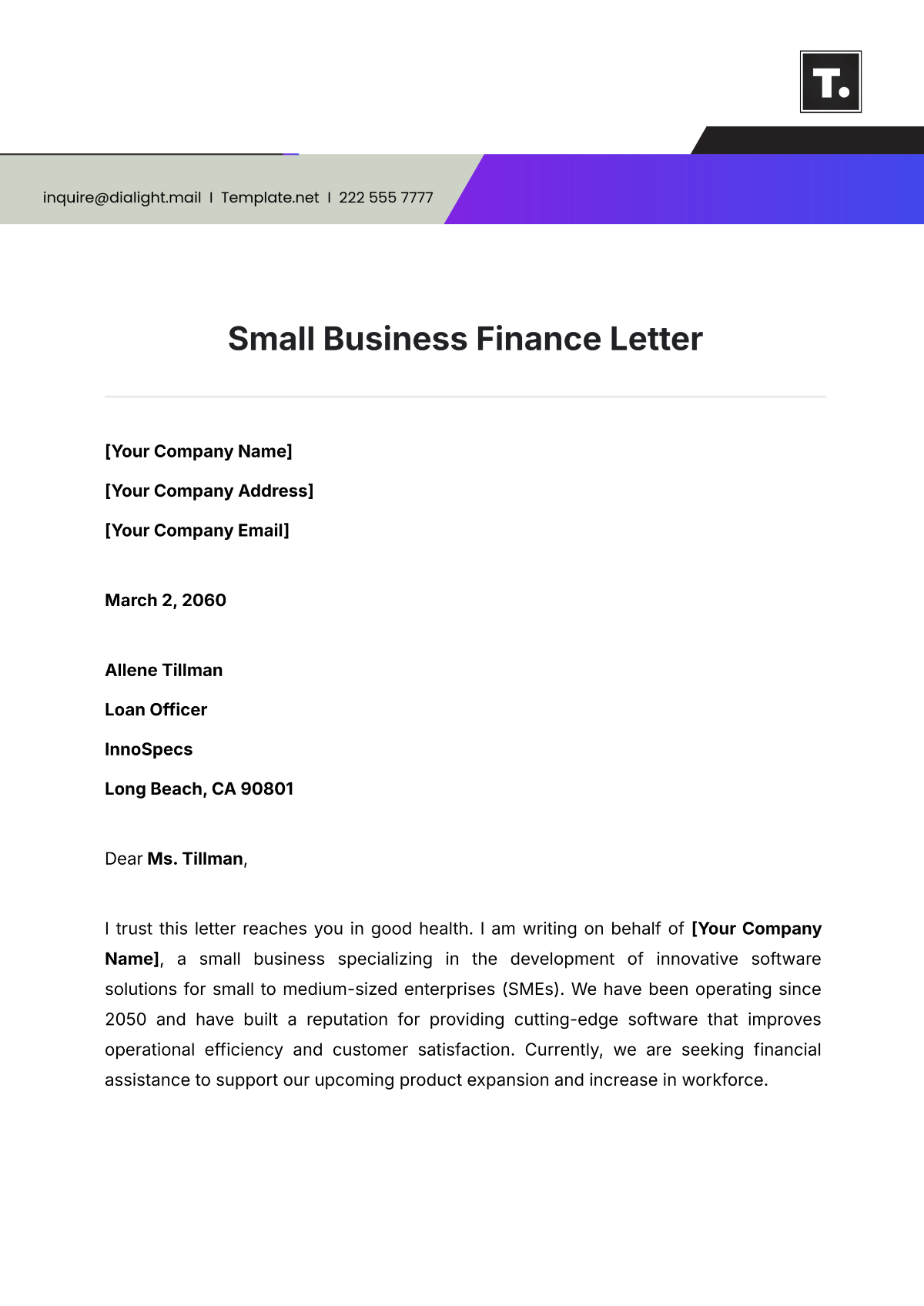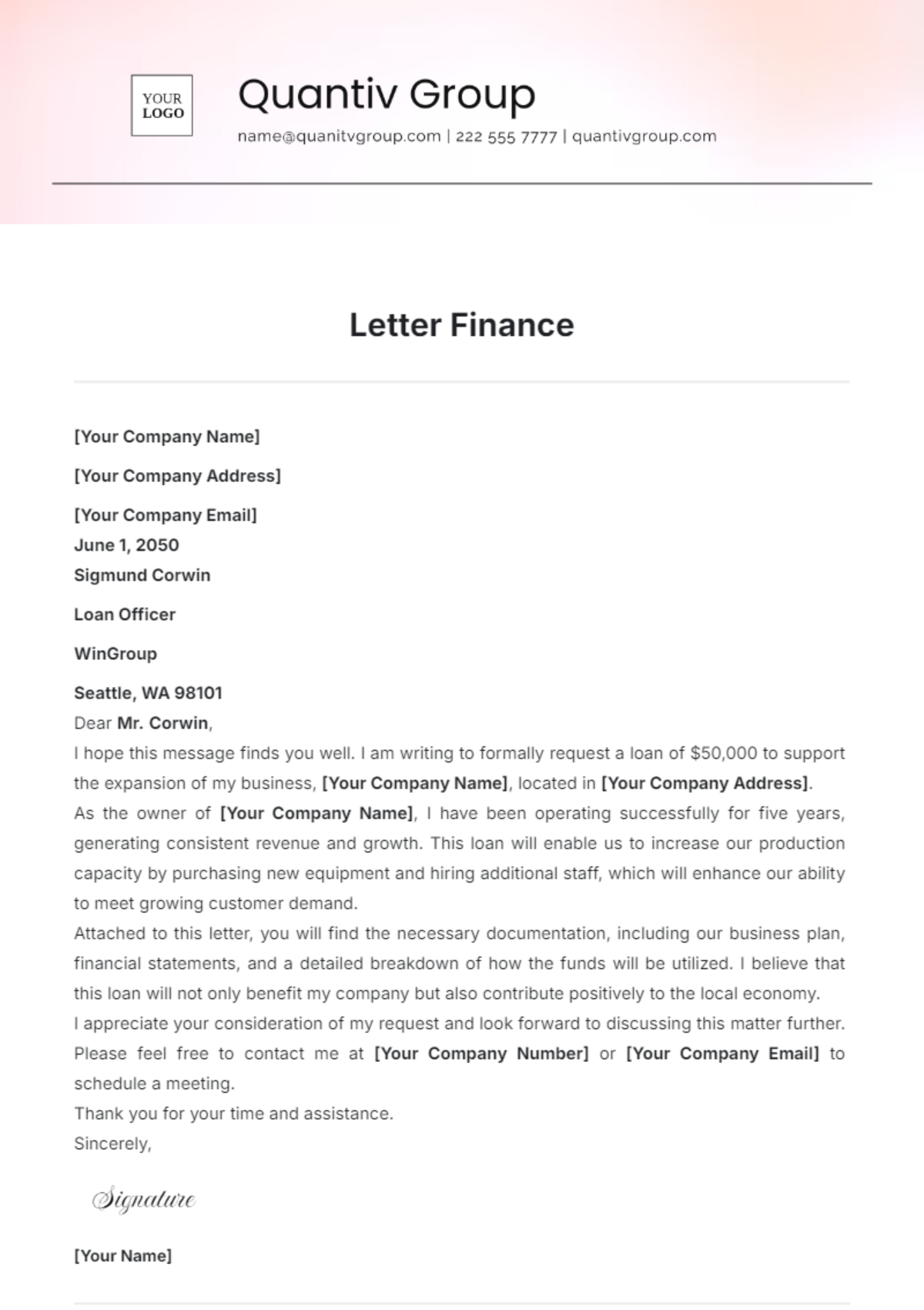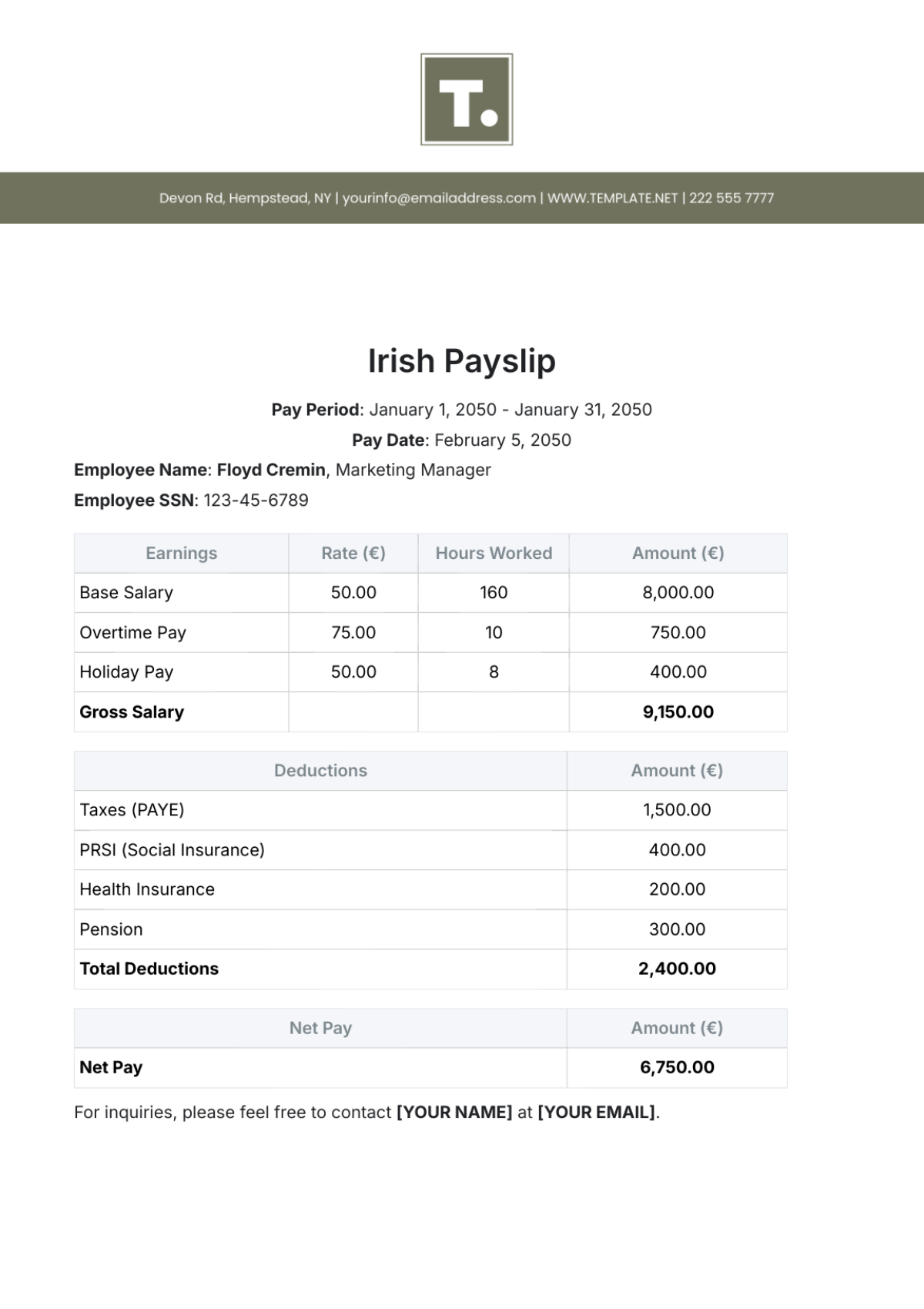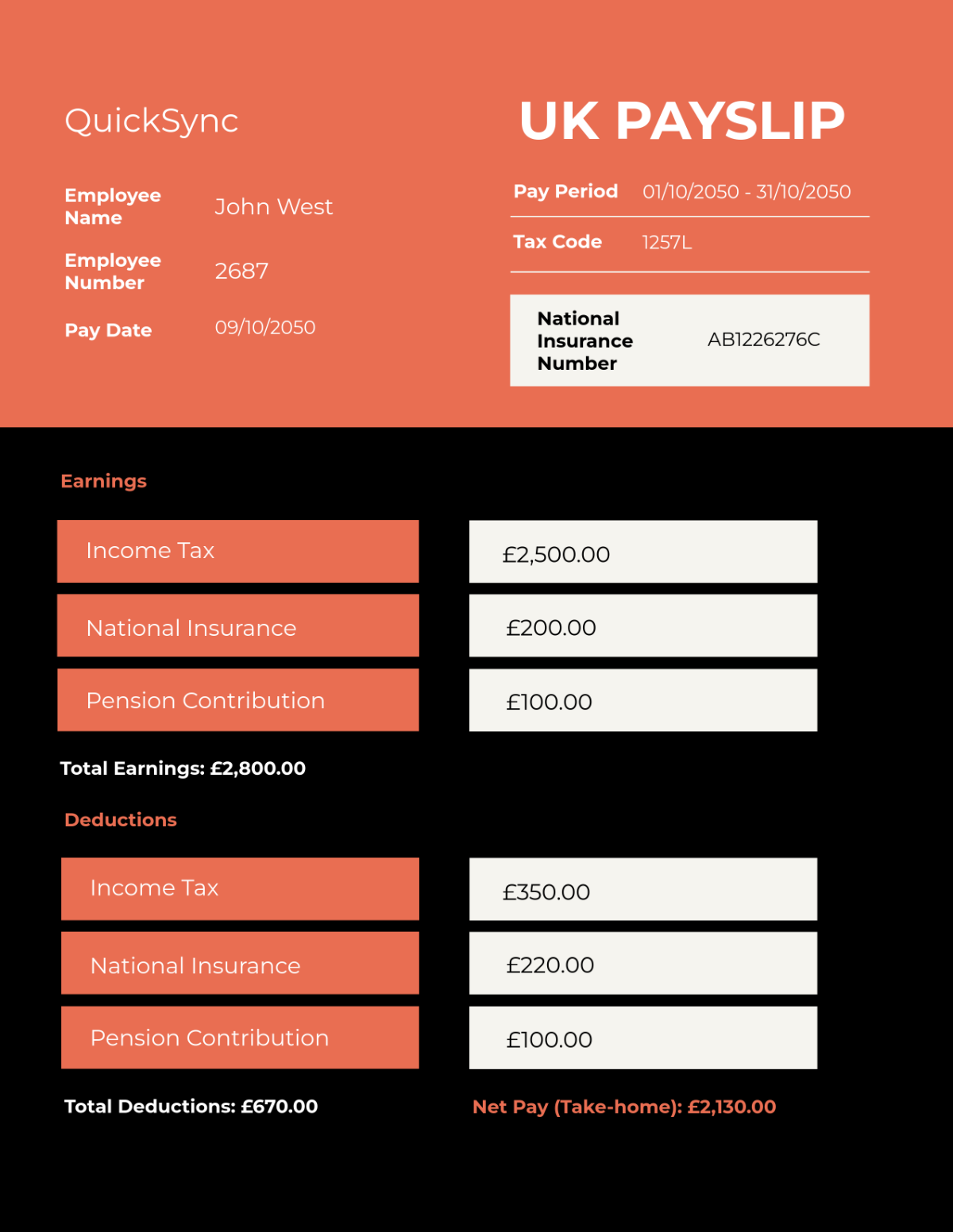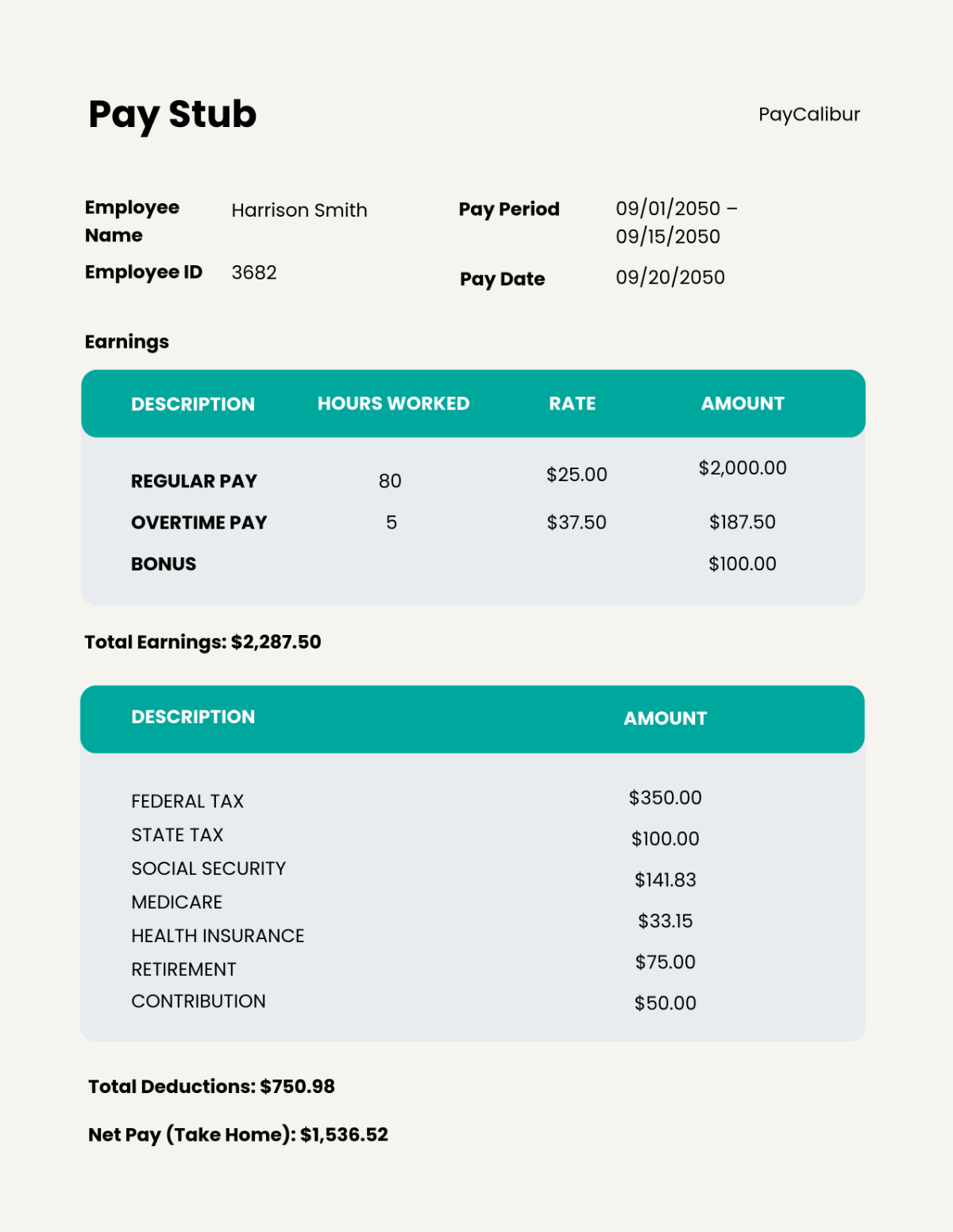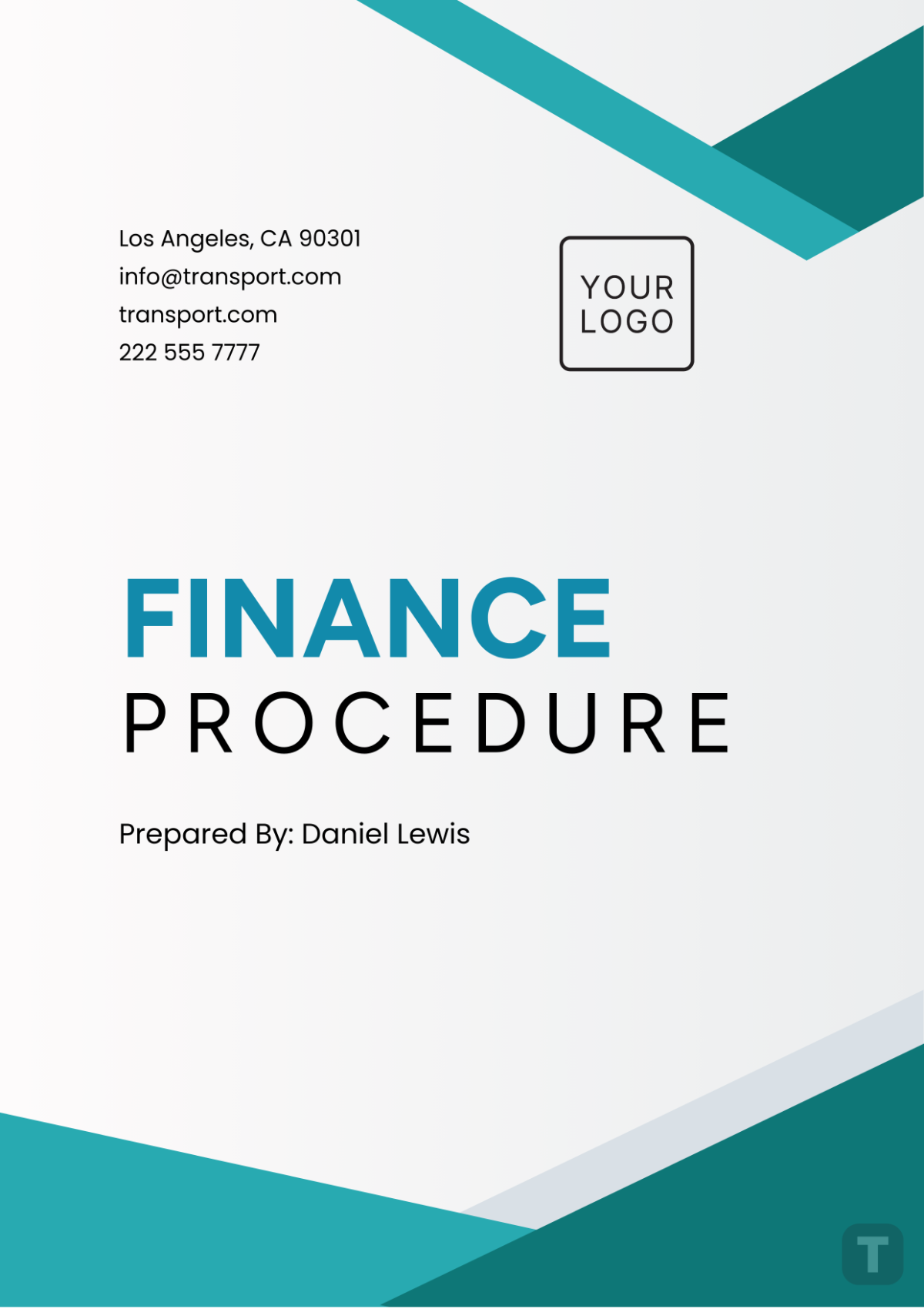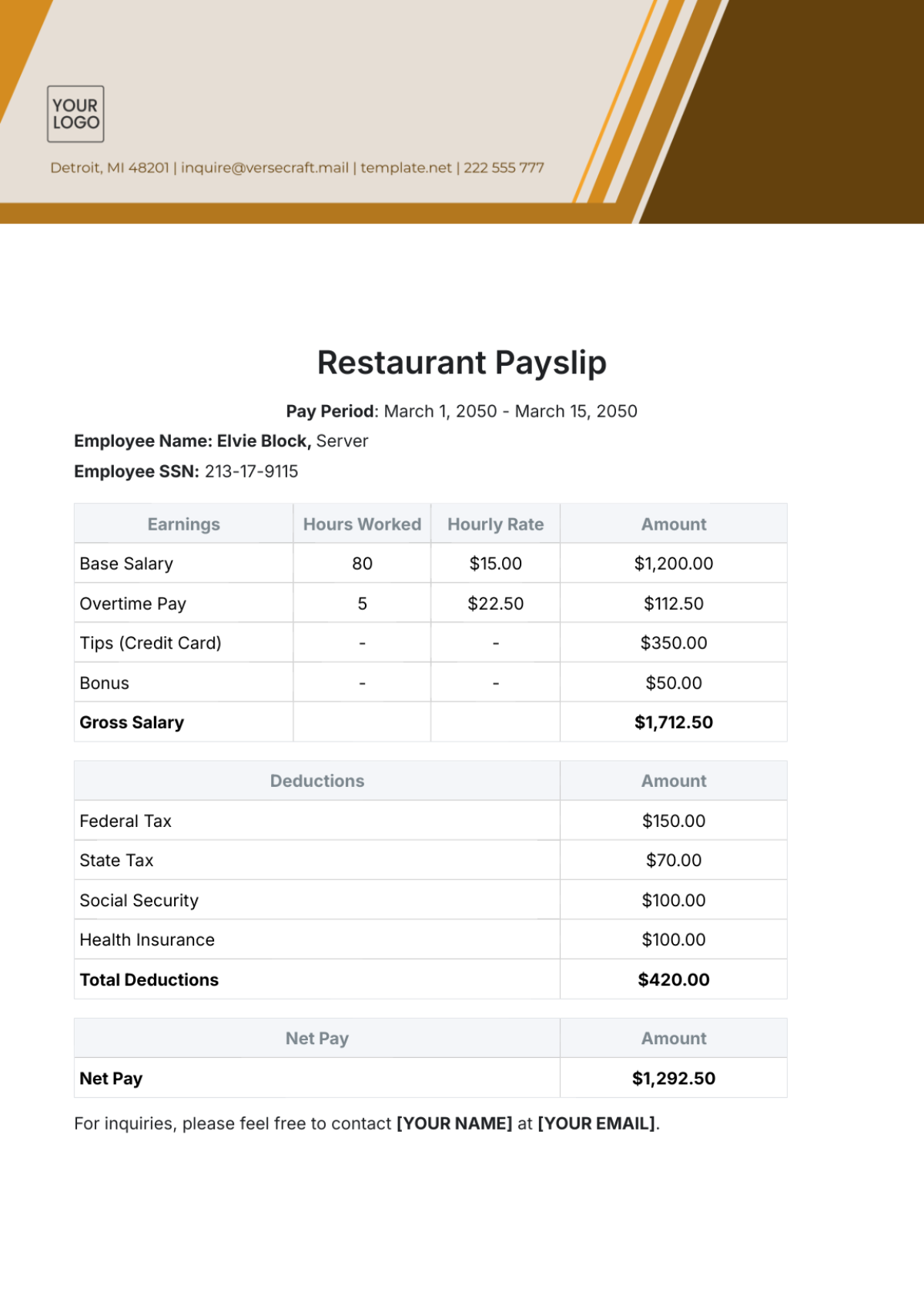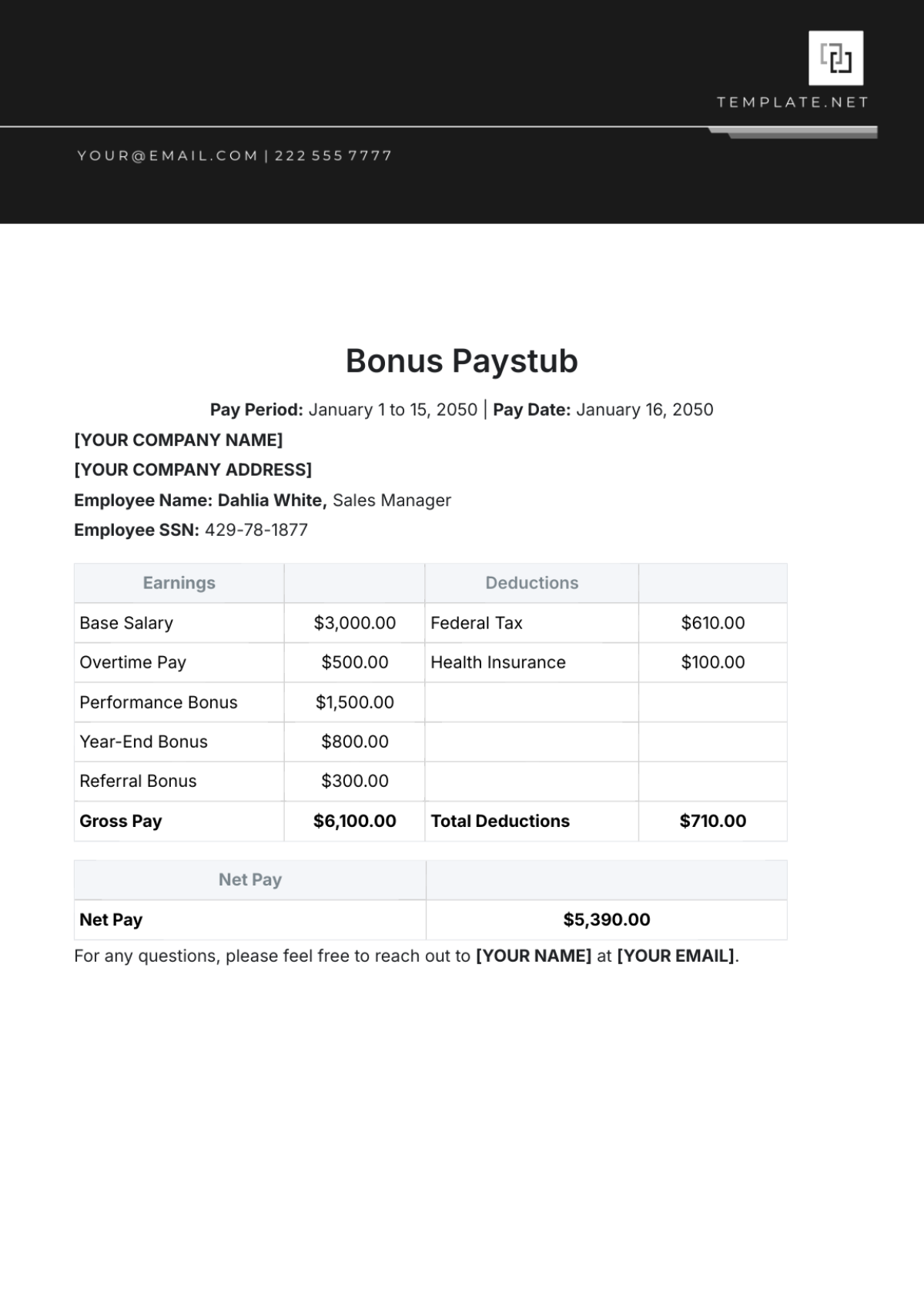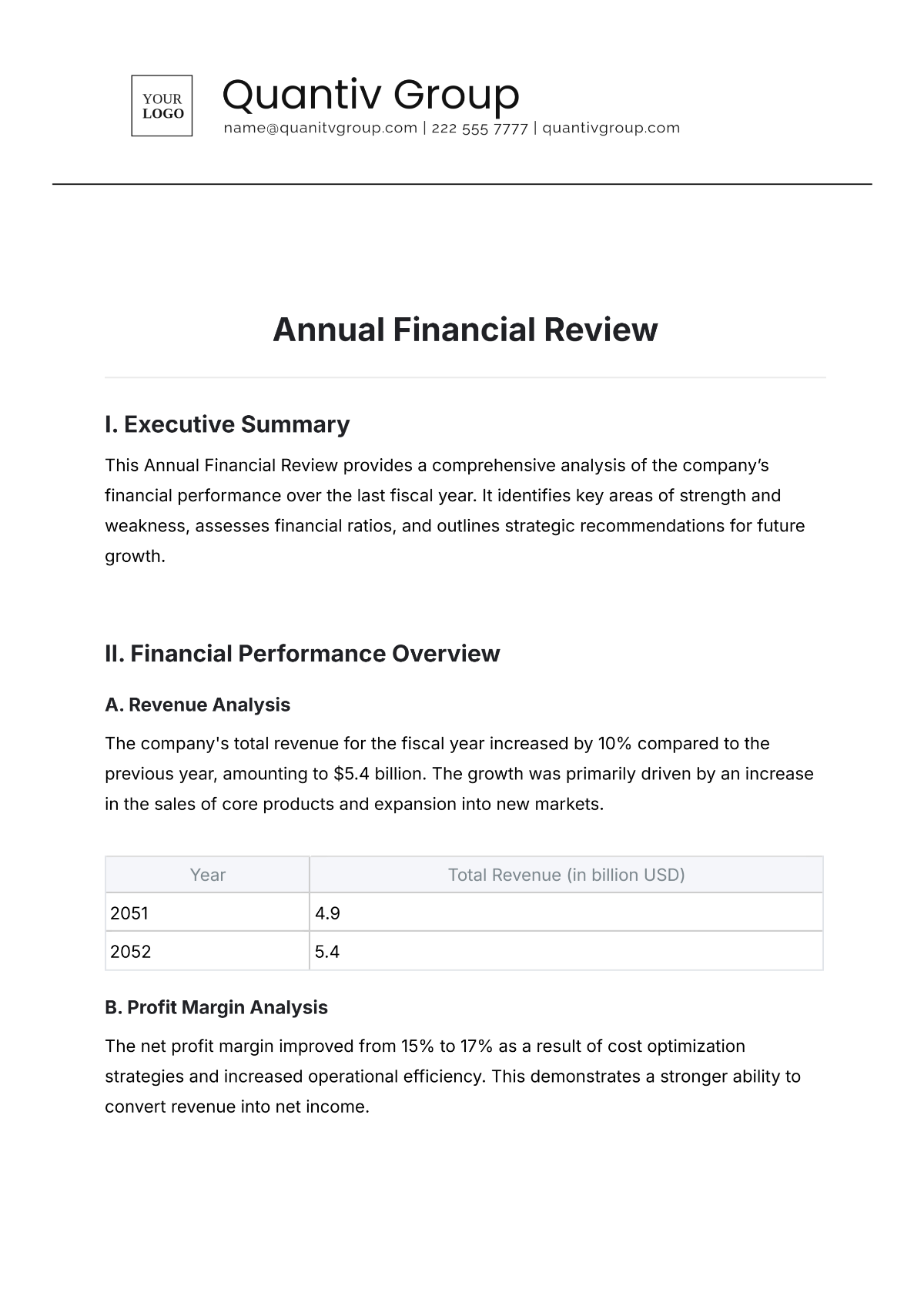Finance Accounts Crisis Management Protocol
Introduction
In today's complex and fast-paced business environment, financial crises can arise unexpectedly, posing significant threats to an organization's stability and longevity. Recognizing this, [Your Company Name] has developed a comprehensive Finance Accounts Crisis Management Protocol. This document serves as a strategic blueprint, providing a structured and effective methodology to navigate through financial turbulences that might threaten our operations, reputation, and stakeholder relations.
Purpose:
The primary purpose of this protocol is twofold. Firstly, it aims to proactively identify and mitigate the risks of financial crises. By establishing a clear set of actions and responsibilities, the protocol ensures that [Your Company Name] remains vigilant and prepared for potential financial disruptions. Secondly, in the event of a crisis, this protocol is designed to guide our response in a manner that minimizes the impact on our operations and preserves the trust and confidence of our stakeholders. It is not just a reactionary measure, but a tool for resilience and strategic foresight.
Scope:
The scope of this protocol is deliberately broad to encompass a wide range of financial crisis scenarios. These include, but are not limited to, significant financial losses, instances of fraud, adverse market downturns, and critical liquidity issues. The comprehensive nature of this protocol ensures that [Your Company Name] is well-equipped to handle various types of financial adversities, each presenting unique challenges and requiring tailored responses.
Protocol Framework:
The protocol framework is structured to address the full lifecycle of a financial crisis — from early detection to recovery. It outlines specific steps for crisis identification, assessment, communication, management, and resolution. This includes detailed actions for the finance team, guidelines for internal and external communications, roles and responsibilities of the crisis management team, financial impact analysis, and post-crisis evaluation. By implementing this structured approach, [Your Company Name] is not only prepared to respond effectively to financial crises but also positioned to emerge stronger and more resilient in the aftermath.
Crisis Identification and Assessment
The identification and assessment phase is crucial in the early detection of a financial crisis. This stage focuses on prompt recognition and thorough evaluation of potential financial threats. Quick and accurate identification allows for timely interventions, potentially mitigating larger issues.
Steps and Responsibilities
Identify Potential Financial Crisis: The Finance Team is responsible for monitoring financial indicators and identifying any signs of a crisis. This proactive approach ensures that potential issues are flagged within 24 hours of detection.
Assess Severity and Impact: The CFO or Finance Director is tasked with assessing the severity and impact of the identified crisis. This assessment, conducted within 48 hours of identification, forms the basis for any subsequent action.
Notify Senior Management: Immediate communication with senior management by the CFO ensures that key decision-makers are informed and can begin strategizing an appropriate response.
Crisis Communication
Effective communication is a cornerstone of crisis management. This chapter outlines the structured approach to both internal and external communications, ensuring clarity and transparency throughout the crisis.
Steps and Responsibilities:
Internal Notification: Initiated by the CFO or [Your Name], this step involves notifying internal stakeholders via email or meetings within 2 hours of crisis confirmation.
External Communication: Handled by the PR Team as advised by the Legal Team, this involves managing external communications through press releases and social media as necessary.
Regular Updates to Stakeholders: The PR Team and CFO are responsible for providing daily updates to all stakeholders until the resolution of the crisis.
Crisis Management Team
A dedicated crisis management team is essential for coordinated response efforts. This team is composed of key personnel who bring specialized skills and perspectives to the crisis management process.
Position | Name | Contact |
|---|---|---|
CFO | [Insert CFO Name] | [Your Company Email] |
Legal Advisor | [Insert Legal Advisor Name] | [Your Company Email] |
PR Head | [Insert PR Head Name] | [Your Company Email] |
IT Security Officer | [IT Security Officer Name] | [Your Company Email] |
Financial Analysis and Impact Mitigation
This chapter emphasizes the importance of understanding the financial impact of a crisis and developing effective mitigation strategies.
Step | Action | Responsible Party | Timeline |
|---|---|---|---|
1 | Analyze financial impact | Finance Team | Within 72 hours |
2 | Develop a mitigation plan | CFO / Finance Team | Within 1 week |
3 | Implement mitigation strategies | Entire Company | As per plan |
Financial Impact Table:
Aspect | Estimated Impact | Mitigation Strategy |
|---|---|---|
Revenue | $5M Decrease | Cost reduction, alternative revenue streams |
Cash Flow | $3M Shortfall | Negotiate payment terms, arrange credit facilities |
Market Position | Loss of 10% Market Share | Strategic partnerships, marketing campaigns |
Recovery and Post-Crisis Analysis
Post-crisis recovery and analysis are critical for learning from the crisis and strengthening future preparedness.
Step | Action | Responsible Party | Timeline |
|---|---|---|---|
1 | Monitor recovery progress | CFO / Finance Team | Weekly until normalcy |
2 | Conduct post-crisis review | Senior Management | Within 1 month post-crisis |
3 | Update crisis management protocol | [Your Name] | Within 3 months post-crisis |
Legal and Compliance Considerations
Adhering to legal and regulatory standards is paramount in crisis management. This chapter outlines the essential legal and compliance considerations to ensure that [Your Company Name]'s response to any financial crisis is within the bounds of legal requirements and industry regulations.
Key Elements:
Legal Counsel: The role of legal counsel is critical in guiding [Your Company Name] through the intricacies of legal compliance during a crisis. The legal team ensures that all actions taken in response to a financial crisis are compliant with relevant laws and regulations. For legal inquiries or guidance, contact: [Your Company Email].
Regulatory Reporting: In the event of a financial crisis, there are often mandatory reporting obligations to financial authorities. This involves disclosing specific details of the crisis as required by law. Such transparency is crucial not only for compliance but also for maintaining the trust of regulatory bodies and stakeholders.
Contact Information
Accessible and clear lines of communication are crucial during a crisis. This chapter provides the necessary contact information for various points of contact within [Your Company Name], ensuring that communication flows efficiently and effectively during a crisis.
Contact Details:
Company Address: [Your Company Address] – This address should be used for all official correspondence related to the crisis.
Phone Number: [Your Company Phone Number] – For immediate verbal communication and inquiries.
Website: [Your Company Website] – The website will host updates and official statements regarding the crisis.
Crisis Management Hotline: [Your User Phone] – This hotline is dedicated to crisis-related inquiries, providing direct access to assistance and information.
Document Control
The dynamic nature of crisis management requires that this protocol remains current and effective. This chapter details the process for reviewing and amending the protocol, ensuring it continually reflects best practices and the evolving needs of [Your Company Name].
Review and Amendment Process:
Next Review Date: Scheduled for [Month Day Year + 1 Year], this review will assess the protocol's effectiveness and relevance, considering any changes in the financial landscape or regulatory requirements.
Protocol Amendment Procedure: Amendments to this protocol are subject to a rigorous review and approval process. Any proposed changes must be carefully evaluated for their impact on the protocol's efficacy. Amendments require the approval of both the CFO and Legal Advisor, ensuring that any modifications are financially sound and legally compliant. This process guarantees that the protocol remains a robust and reliable guide for crisis management.



